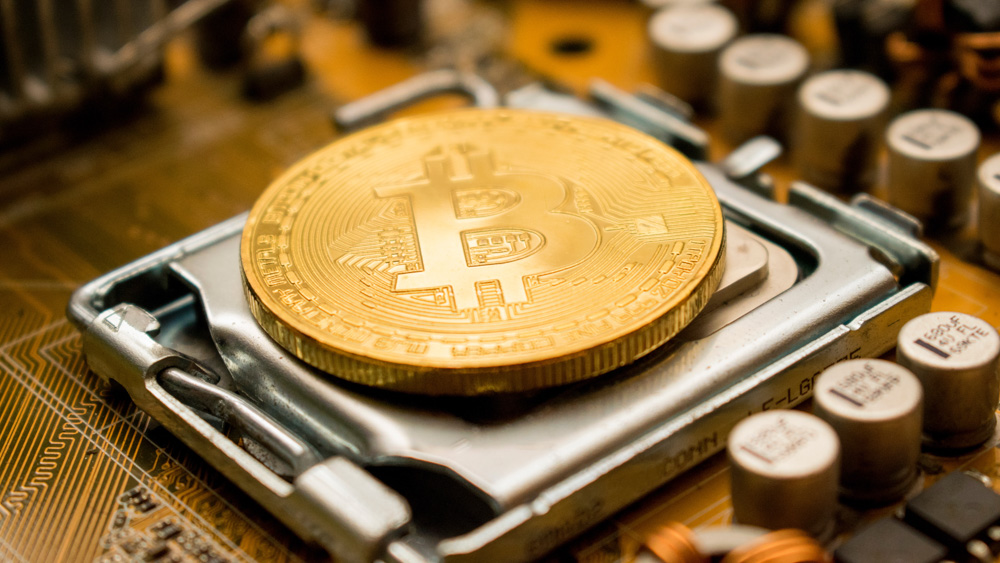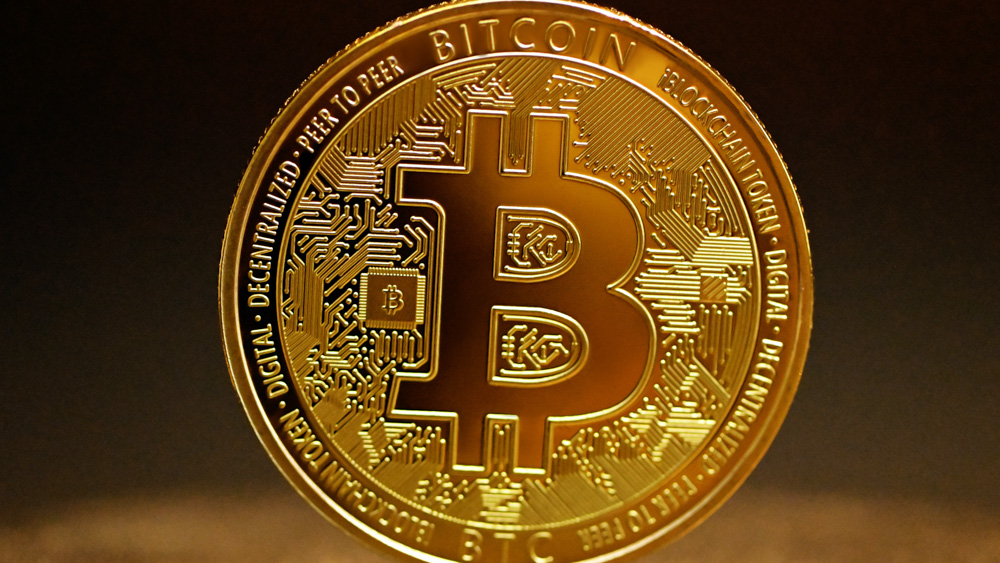This week has seen the crypto industry flourish thus far, with both interior and exterior market forces being the catalysts behind the recent surges.
Most notably, the grandfather of all crypto Bitcoin rallied to a price of a little over $26,500 earlier today, marking its highest valuation since June 13th of last year. This has been Bitcoin’s best month since January 2023 — before that it had been since 2021.

Bitcoin’s closest competitor Ethereum has also had a bullish couple of days, as it saw its price increase to a high of $1,783- which again, is a valuation that hasn’t been observed since September 12th 2022.
Declining Inflation
Kicking things off is the macroeconomics side of things. Here, important market data was released yesterday (Monday) via the latest consumer price index (CPI) reading- which, if you didn’t know, relates to the average change in price (a.k.a. inflation) of a given ‘basket of goods’ at different points in time.
The data in the report suggested that CPI had increased 0.4% month-over-month in February 2023, and 6% year-over-year.
Although, in this circumstance, inflation is still present, the reduced figures serve as good news for market analysts, as per the U.S. Labor Department, a 6% year-on-year jump is the lowest increase to be observed since September 2021.
Further, declining inflation means that consumers can not only feel a little better about the general costs that they incur on a daily basis, but they can also stay rest assured that further price hikes in the short/medium term won’t come to haunt them (most likely).
Of course, such economic climate is beneficial for all- be it Web3 based or not- as it elicits a growing feel of confidence to market investors, which in turn, can see stocks/ prices cryptocurrencies rise.
The Demise of Banks
On a less wholesome note, the recent rise of Bitcoin and altcoins can also be attributed to bank closures, as well as the plummeting of banking stocks that have surrounded them (with some also being halted for trading).
Unless you’ve been living with your head in the sand for the last few days, you’ll know that the crypto-related banking frenzy found momentum last week when Californian money institution Silicon Valley Bank was seized by regulators after struggling to meet customer withdrawal requests.

With the FUD surrounding Silicon Valley Bank spreading across the Web2 and Web3 worlds, consumers of banks such as New York’s Signature Bank began withdrawing their funds in a ploy for safety. With an increased amount of deposits on their way out, the bank’s stocks- along with those of some of its peers- then began to tank.
Come Sunday, regulators had confirmed the seizing of the Signature Bank- which was reported to be comprised of assets of under $100 billion and 40 physical branches.
Again, with the shutdown of two major banks (and Silicon Valley Bank being the largest US bank to be shut down since the 2008 recession), many investors also began speculating that the US FED will be less inclined, as well as a less aggressive, when thinking about raising interest rates.
This truth, along with increased FUD for traditional banking entities, can partially explain Bitcoin’s recent rise. For context, Bitcoin’s price at the time of writing has fallen to just over $25,000- a figure that’s still an (approximate) 24% increase on its price of Friday- i.e. the price at the time in which regulators shut down Silicon Valley Bank.
Ethereum Deflation Hits New Post-Merge Heights
Six months on from the network’s landmark ‘Merge’ from a proof-of-work (PoW) system to one of proof-of-stake (PoS), deflation on the Ethereum (ETH) blockchain is continuing to rise.

In turn, the ETH supply has dropped by nearly 63,000 ETH in the six months following the Merge, with the current supply sitting at around 120,450,000 ETH. Although many DeFi-related entities are responsible for the burning of ETH, the majority of it is said to come through ETH transfers.
Per stats from ‘beaconcha,’ around 2.55 ETH is currently being burned every minute, with ‘Ultrasound.money’ reporting that 1,233 ETH tokens have been burned in the last 30 days. In contrast, supply growth of token is said to be at -0.45% over the same period of time.
Per these rates, ETH supply is projected to be at around 118.1 million by 2025, with stakers being rewarded 4% (per year) for their confidence in the token, whilst non-stakers will be rewarded 1.8% through the burn rate.
There’s also more good news on the horizon for ETH holders, as through the highly anticipated Shanghai upgrade, stakers will be able to unlock their staked ETH. The upgrade is said to come in the first quarter of this year, with rumors suggesting that it may be with us by April.
Simultaneously, Ethereum will also be experiencing a fork called Capella, which is designed to upgrade the network’s Beacon Chain consensus layer. With this in mind, many have merged the two events together to form a singular one that goes under the name ‘Shapella’.




